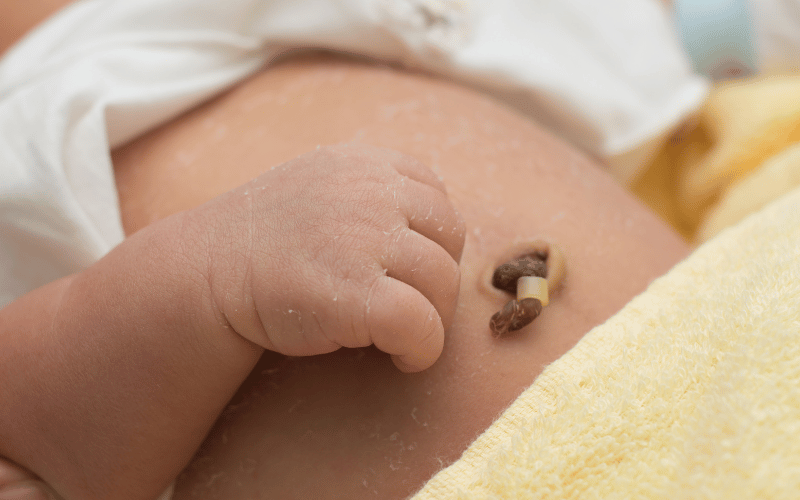2. The Age Factor: The Predominance in Newborns

When people hear about umbilical hernias, their minds often gravitate toward images of elderly individuals, struggling with this physical ailment in their twilight years. However, let’s zoom our focus in the opposite direction: newborns. Surprisingly, umbilical hernias are quite common in infants, challenging the misconception that this is solely an adult affliction.
In the fragile phase immediately after birth, the infant’s body undergoes a series of rapid adjustments as it acclimates to life outside the womb. One such change occurs in the umbilical region, where the cord was formerly attached. In some cases, the muscles around the belly button don’t fully close, leading to a slight protrusion. According to medical estimates, as many as one in six infants may experience an umbilical hernia, a statistic that casts a spotlight on the age factor in a way that is often overlooked.
Now, why do these hernias appear so frequently in newborns? It boils down to the physiological development of the abdominal wall. Infants, particularly those who are premature, have abdominal muscles that have not yet fully developed, making them more prone to this condition. Another significant point is that infants have newly severed umbilical cords, which sometimes don’t heal promptly, thereby increasing the risk of a hernia.
Fortunately, the majority of umbilical hernias in newborns are rarely a cause for severe concern. They often resolve themselves as the child grows and the abdominal wall becomes stronger. Many close on their own by the time a child is one or two years old, though some may take longer. When it comes to intervention, medical professionals usually adopt a “watch and wait” strategy for infants, unless complications such as strangulation occur.
Focusing exclusively on newborns illustrates that umbilical hernias are not the domain of any particular age group. They occur at the very beginning of life, sometimes serving as a fleeting marker of our human fragility and the incredible journey of physical development that lies ahead. This nuanced understanding adds an invaluable layer to the broader discussion about umbilical hernias, emphasizing that it truly is a condition that does not discriminate by age. (2)